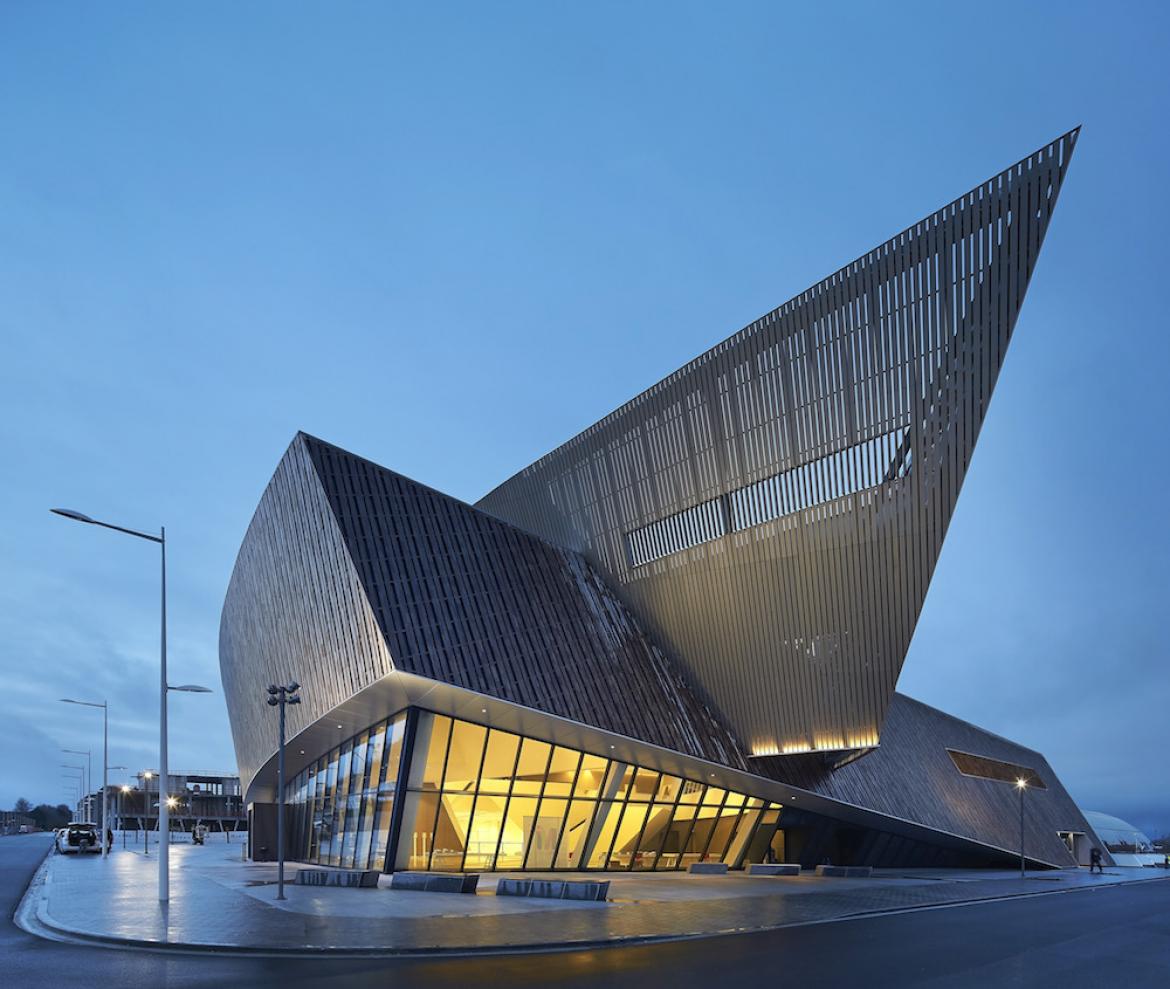[CIRCTER] - Circular Economy and Territorial Consequences
Projects
November 2017 – May 2019
EUR 694,200.00
The current economy operates mainly on a ‘take-make-dispose’ model – a linear model where every product is bound to reach its ‘end of life’. This leads to a growing pressure of production and consumption on the world’s resources and environment. A circular economy model strives towards using and re-using our resources in a more resource efficient through preserving and enhancing natural capital, optimising natural resource yields by circulating products, components and materials, as well as fostering effective waste management and minimizing detrimental practices.
The main objective of this service on Circular Economy is to provide evidence on the territorial dimension of the transition towards a Circular Economy and to provide evidence on local and regional patterns and flows of materials, including resources and waste. The analysis of the territorial dimension aims to cover changes in resource use, design, production, distribution, consumption and waste management. In addition, it aims to provide input to European regions and cities on their potential for implementing steps towards a circular economy.
Policy questions
- What does the circular economy mean from a territorial perspective, what territorial factors influence the development towards a circular economy and what territorial characteristics make regions and cities more or less optimal to support the circular economy?
- How do the approaches used to implement a circular economy, such as industrial symbiosis, clustering, territorial connectivity, energy efficiency and smart logistics, but also the sharing economy, affect different types of European regions and cities (i.e. capital cities, secondary growth poles, small and
medium sized towns)? - What do material patterns and flows, including resources and waste, look like in European regions and cities and how have they changed over the past 10 years in the different types of European regions and cities (i.e. capital cities, secondary growth poles, small and
medium sized towns)? - What is the potential for implementing the circular economy in European regions and cities and what kind of action/policy is needed in what type of region/city to ensure a smooth transition to
circular economy/lifestyle?
Scientific articles
- Andrea Marcello Bassi, Marco Bianchi, Marco Guzzetti, Georg Pallaske, Carlos Tapia (2021) Improving the understanding of circular economy potential at territorial level using systems thinking, Sustainable Production and Consumption, Volume 27, https://doi.org/10.1016/j.spc.2020.10.028.
- Carlos Tapia, Marco Bianchi, Georg Pallaske & Andrea M. Bassi (2021) Towards a territorial definition of a circular economy: exploring the role of territorial factors in closed-loop systems, European Planning Studies, https://doi.org/10.1080/09654313.2020.1867511
Contractors
- Fundacion Tecnalia Research & Innovation, ES (lead contractor)
- Wuppertal Institut fur Klima, Umwelt, Energie GmbH, DE
- Technopolis France, FR
- Prognos AG, BE
- KnowlEdge Srl, IT
- Association of Cities and Regions for Sustainable Resource Management, BE
Project Support Team
- Sophie De Mulder, Belgium
- Paolo Angelini, Italy
- Maarten Piek, the Netherlands
Deliveries
- Inception delivery, 9 January 2018
- Interim delivery, 9 August 2018
- Draft Final delivery, 9 January 2019
- Final delivery, 9 May 2019
Contact:
- Marjan van Herwijnen (Senior Project Expert) [email protected],
- Akos Szabo (Financial Expert) [email protected]


